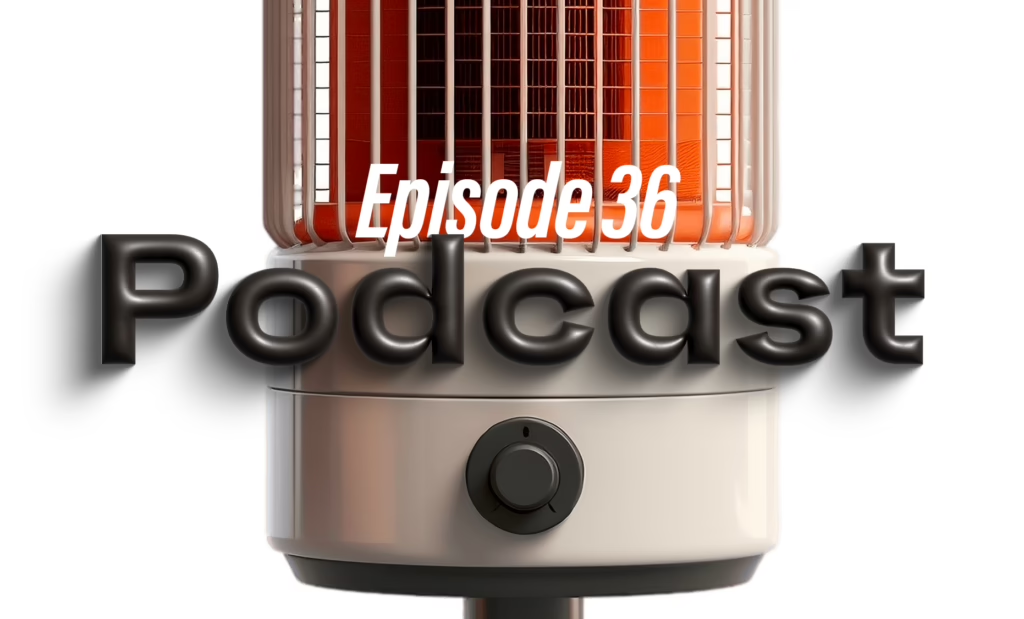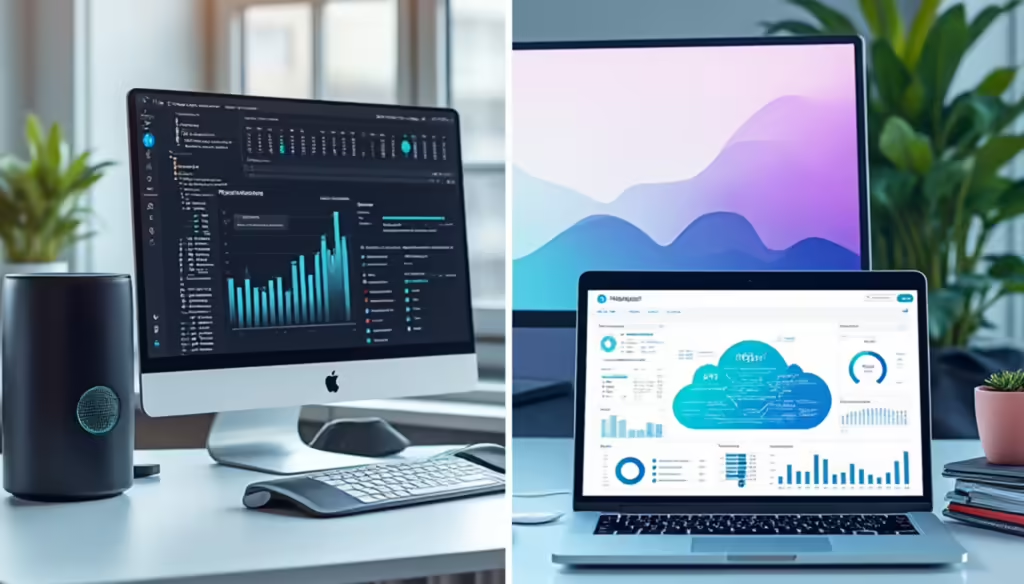With Laurier Mandin and Filip Valica
Filip Valica is a mechanical engineer who has worked for large corporations and as founder of The Product Startup has coached numerous product brands through his development and launch process, a comprehensive view of the product lifecycle that begins with an original idea and culminates with sales. In this episode, he describes how product design extends into every stage, and why each is important.





